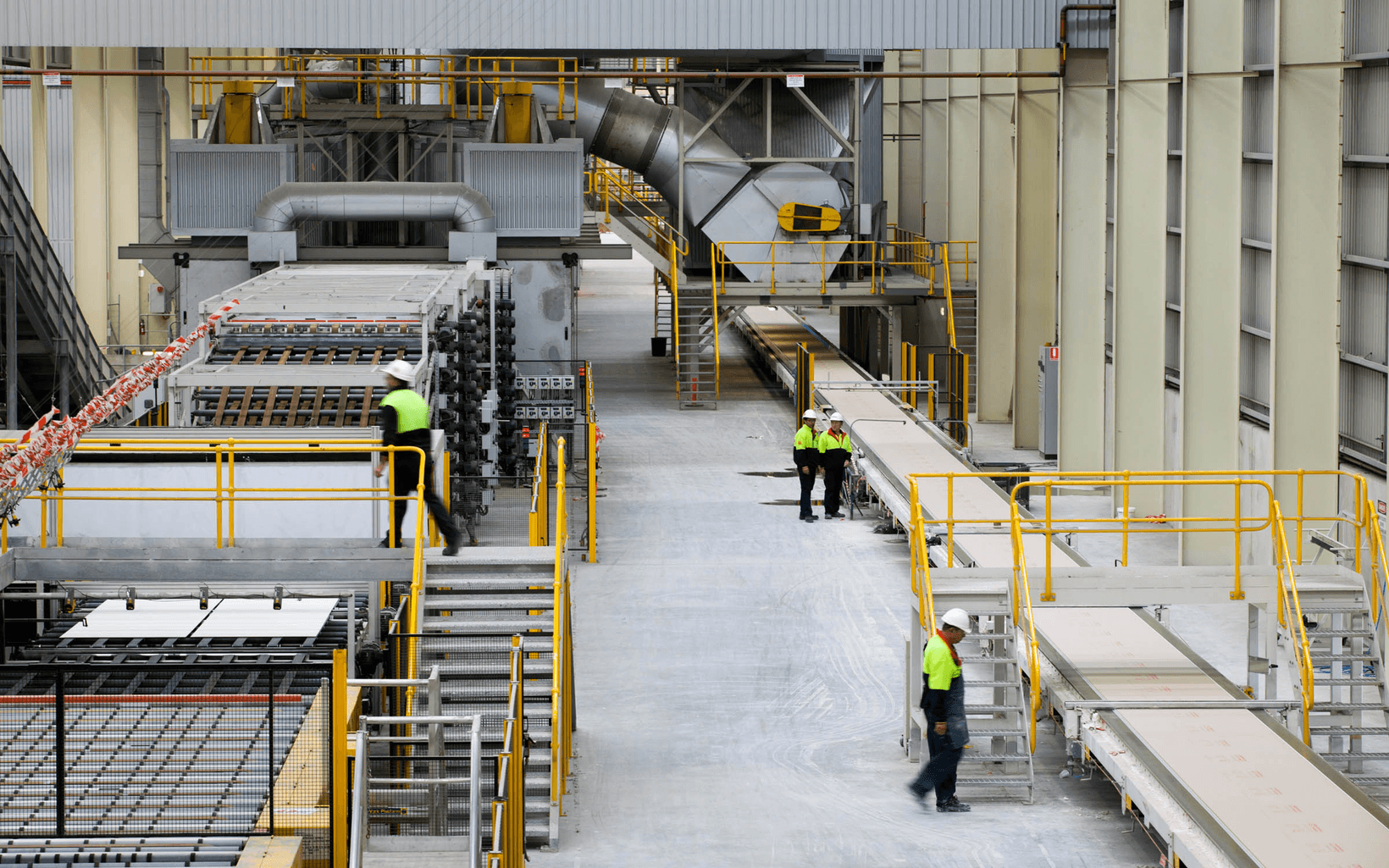If you’ve ever wondered how bricks are made, look no further. From technological advancements to strength-enhancing components, PGH Bricks takes us behind the scenes of modern brick-making.
Bricks have been used as a construction material for almost as long as humans have been building structures, for good reason.
“Bricks are a reliable and versatile building material, known for their strength and ability to withstand harsh weather, fire, and everyday wear,” says Nic Berthoud of PGH Bricks.
“They offer excellent thermal efficiency, helping to keep homes comfortable year-round while reducing energy costs. Low-maintenance and naturally resistant to pests and decay, bricks are also a tried-and-true option that never goes out of style.”
In this article
- PGH Bricks
- Crevole
- Driftwood Grey
An Ancient Beginning
Considering the first known fired bricks are dated circa 4000 BC, with air-dried bricks even older, it’s certainly true that bricks are timeless. Though some of those early brick structures still exist today, the brick-making process has developed significantly, with technology and ingredient developments lending to the increased efficiency, consistency, and durability of today’s brick industry.
“Historically, bricks were shaped manually using wooden moulds and fired in simple kilns,” Nic explains.
Achieving consistency with technology
“Historically, bricks were shaped manually using wooden moulds and fired in simple kilns,” Nic explains.
“Today, modern brick plants use advanced machinery, robotics, and computer-controlled tunnel kilns to ensure consistency, quality, and efficiency. PGH also incorporates recycled materials in the manufacturing process, which reduces energy consumption, and employs more eco-friendly firing techniques.”
This process allows the manufacturer to control the size,shape, texture, and colour of the bricks, guaranteeing a consistent and uniform product.
Creating variety in colour and texture
“Key components include iron oxide (for brown, red and orange bricks), lime and calcium carbonate (for creams and white tones), manganese dioxide (for deep browns) and additives and surface treatments (to apply a finished colour to the brick),” Nic says.
“Firing temperatures and atmosphere also contribute to oxygen levels that impact the overall colour of the brick.”
Alongside colour, the composition of the clay, sand, and any additives play a crucial role in developing a brick’s properties. For example, a higher silica content will enhance strength, while controlling levels of lime will prevent weaknesses.

